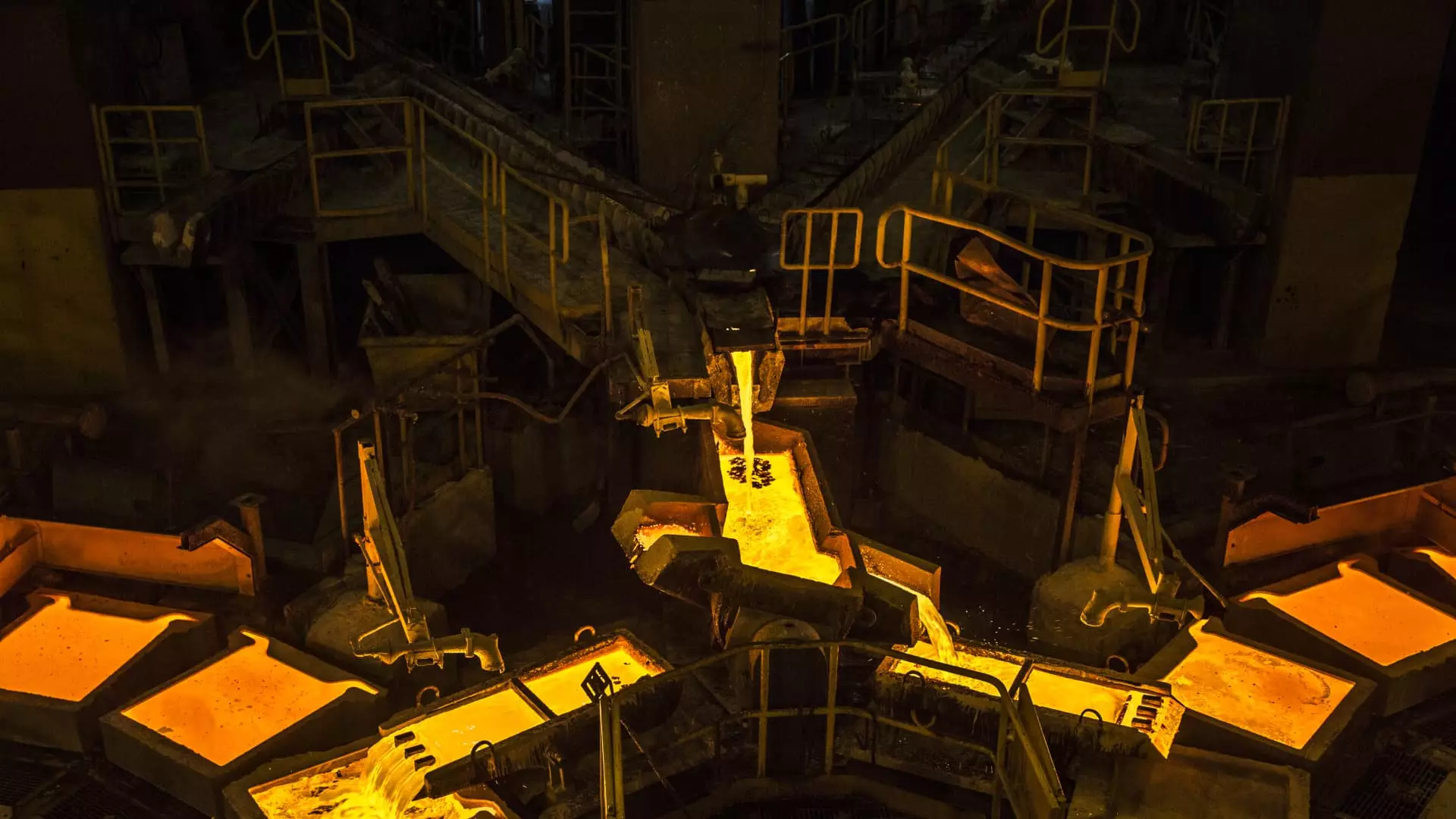In recent months, Peru has managed to stabilize its often tumultuous political landscape, leading to a notable surge in interest from international investors for its sovereign bonds. This shift is particularly significant because it comes after years of political strife that had otherwise left investors cautious regarding the Latin American nation. Currently, foreign ownership of Peru’s sovereign debt stands at an impressive 39%, outstripping all other emerging market countries. The shift in sentiment is not merely a surface-level trend; it highlights an underlying confidence in Peru’s economic stability and growth potential.
Moody’s credit rating, set at a stable Baa1, reflects improved investor sentiment and a cautious optimism about future economic conditions. Years of volatility had led to deep-seated skepticism, particularly amid allegations of corruption and calls for President Dina Boluarte’s resignation. While the political discourse remains contentious, it appears that this period of calm is granting investors a sense of security. As Pramol Dhawan, head of emerging markets at Pimco, noted, the Peruvian government seems to recognize the importance of providing competitive returns on local assets to attract foreign capital.
Peru’s economic indicators are noteworthy, particularly its impressively low debt-to-GDP ratio, estimated at 33%. This positions Peru favorably against regional counterparts such as Brazil and Chile, which are significantly burdened by higher ratios. Furthermore, the stability of the Peruvian Sol contrasts positively against economic fluctuations observed in other markets. Just this September, the Central Reserve Bank of Peru reduced interest rates to their lowest point in Latin America at 5.25%, signaling a commitment to fostering a conducive economic environment.
The yield curve for Peruvian bonds is exceptional, with both nominal and real yields significantly high compared to global standards. David Austerweil from VanEck emphasized that the steep yield curve, paired with the Federal Reserve’s anticipated rate cuts, presents a lucrative opportunity for investors. For instance, the 10-year Soberano bond currently offers a yield of 6.428%, illustrating the attractive returns available for those willing to invest.
Ironically, the existing political dysfunction in Peru has contributed to a strengthening of the country’s fiscal health. The gridlock within Congress, while frustrating for legislative progress, has seemingly led to more cautious fiscal management and stability. Austerweil suggested that the absence of a centralized executive power has inadvertently yielded better outcomes for fixed-income investors. This unusual dynamic speaks volumes about how the perception of risk can be altered by government actions, or sometimes a lack thereof.
Despite ongoing political tensions, Dhawan pointed out that the Peruvian fixed income market remains solid and appealing to international investors. The relative stability provided by the Central Reserve Bank has cultivated a favorable ecosystem for foreign capital, enabling investors to navigate the market with more confidence. This sentiment underscores the importance of sound monetary policy in promoting economic resilience.
While the fixed income environment appears robust, the equity markets present a more mixed picture. Although the MSCI Peru Index has demonstrated impressive figures—rallying 24.8% in 2024 and 55.8% over the past year—its long-term sustainability remains uncertain. Much of Peru’s market capitalization is tied to mining companies, which makes the overall equity market susceptible to cyclical fluctuations and external factors, particularly commodity prices.
Peru stands as one of the largest producers of essential metals, such as copper and zinc. With copper prices witnessing an increase of 24.5% year-to-date, the mining sector’s performance is closely tied to the global economic landscape and demand, particularly from major consumers like China. The outlook for long-term growth becomes cloudy without a stable political foundation to support broader economic initiatives.
Furthermore, as Dhawan cautioned, the absence of a significant commodity supercycle could hinder sustainable economic growth. Investors must navigate this volatile environment with a keen awareness of geopolitical developments and global market trends that could sway commodity prices.
While Peru showcases considerable potential, particularly within its sovereign bond markets, challenges remain, especially within the equity sector. The country’s unique political context and economic fundamentals offer a dual narrative: one of opportunity amidst cautious optimism, and of risk tied to external and internal variables. For investors, understanding these dynamics is crucial to navigating Peru’s evolving market landscape effectively, ensuring they can capitalize on the benefits while mitigating the associated risks.

